US Troops Return To Philippines To Tackle China Threats
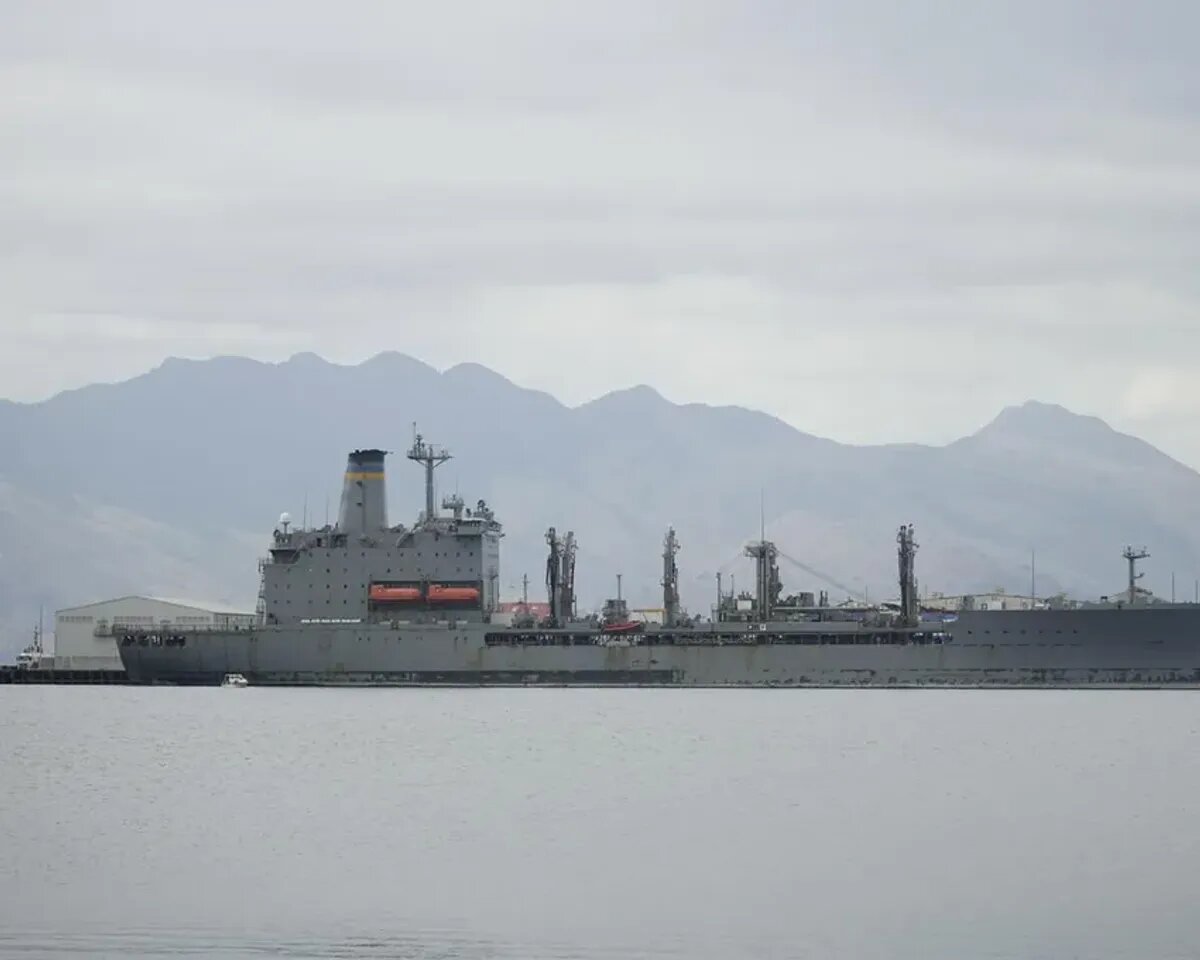
- The Philippine Constitution says that foreign troops can't stay in the country permanently or fight in local battles.
- The Abu Sayyaf group was responsible for bombings and kidnappings for ransom, including the kidnapping of three Americans
In what used to be the United States’ largest overseas naval base at Subic Bay in the northern Philippines, abandoned ammunition bunkers and barracks are now overgrown with weeds. These are the only signs of American firepower left in what was once a secret area.
But in the near future, that might change. The US is rebuilding its military power in the Philippines more than 30 years after it closed its large bases there. It is also strengthening an arc of military alliances in Asia in a very different world after the Cold War, when a more aggressive China is seen as the new regional threat.
On February 2, the two countries that have been allies for a long time announced that rotating groups of American troops would be able to use four more Philippine military camps, in addition to the five local bases they already use. The US has been helping to build barracks, warehouses, and other buildings to house an undetermined but likely large number of visiting troops, as part of a 2014 defence agreement.
Andrea Chloe Wong, a political scientist in Manila, said that the location of the Philippine camps would give the US military the presence it would need to be a “strong deterrent against Chinese aggression” in the South China Sea, where China, the Philippines, and four other governments have had increasingly tense territorial disputes, as well as a possible Chinese invasion of Taiwan, which Beijing sees as its own territory to be brought under Chinese control, by force if necessary.
Around the former US Navy base in Subic, which is now a busy commercial freeport and tourist destination northwest of Manila, the news that the Philippine government would let the US military stay longer brought back memories of when thousands of US sailors brought money, life, and hope to the nearby city of Olongapo.
“Olongapo was like Las Vegas back then,” Filipino businessman AJ Saliba told The Associated Press in an interview at his foreign currency exchange and music store on what used to be Olongapo’s colourful red-light strip.
“Busy and loud as early as noon, with neon lights on and Americans walking around. There were a lot of women. Everyone was making money—jeepney drivers, tricycle drivers, restaurants, bars, hotels—so if they come back, “my God, that’ll be the best news ever,” he said.
During his trip to Manila last week, US Defense Secretary Lloyd Austin said that Washington was not trying to set up permanent bases again, but that the agreement to expand its military presence under the Enhanced Defence Cooperation Agreement was “a big deal.”
Austin and his Philippine counterpart, Carlito Galvez Jr., both said that American military personnel could work with the Philippine military on larger joint trainings for combat readiness. They could also help the Philippine military respond quickly to disasters and push for efforts to help modernise Manila’s armed forces.
At a news conference in Manila, Austin said, “This is part of our efforts to modernise our alliance. These efforts are especially important as the People’s Republic of China continues to push its false claims in the West Philippine Sea.”
Mao Ning, a spokesperson for China’s Foreign Ministry, said that the US military’s growing presence in the area was making things worse and putting peace and stability at risk.
“Regional countries need to stay on guard and not let the US force them or use them,” Mao told reporters at a meeting in Beijing on February 2.
Austin and Galvez didn’t say anything about the four new places where the Americans would be allowed to go and set up weapons and other gear. The head of defence for the Philippines said that local officials had to be talked to about where the Americans would stay.
In November, Lt. Gen. Bartolome Bacarro, who was then the Chief of Staff of the Armed Forces of the Philippines, said that one of the sites was the strategic Subic Bay, where the Navy base used to help the local economy. But two top Philippine officials told the AP that Subic, where a Philippine navy base is located, is not on the list of places where Washington wants to send its troops. They did say that this could change as talks continue, though.
The two officials spoke anonymously because they were not allowed to talk about the problem in public.
Rolen Paulino, who is in charge of the Subic freeport, said that the government hasn’t told him that the old US naval base has been chosen as a possible place for US forces to visit.
Paulino said that bringing the US military back to Subic would create more jobs and bring in more money from the freeport at a time when many Filipinos and businesses are still trying to get back on their feet after two years of COVID-19 lockdowns and a recession caused by coronavirus outbreaks.
He said of the US forces that their presence could help the economy recover, “I see them as tourists.”
In the 1960s and 1970s, the US war effort in Vietnam was helped by the former American Navy base at Subic, which was about the size of Singapore and had deep harbours, a ship repair yard, and huge warehouses. After the Philippine Senate turned down an extension of the US lease in 1992, it was shut down and turned into a commercial freeport and recreation area.
A year earlier, the US Air Force left Clark Air Base near Subic after nearby Mount Pinatubo erupted in the second-largest volcanic eruption of the 20th century and blew ash all over the air base and nearby areas.
In November 1992, the last group of American sailors left Subic. This ended nearly a century of American military presence in the Philippines, which began in 1898 when the US took over the archipelago as a new colony after Spain had ruled the Southeast Asian country as a colony for more than 300 years.
On July 4, 1946, Washington gave the Philippines their independence, but it kept military bases and facilities, including Subic.
In the mid-1990s, China took over Mischief Reef, a coral outcrop in the Philippines’ exclusive economic zone that extends into the South China Sea. This was “the first sign that the allies may have been too quick to downgrade their relationship,” said Greg Poling, director of the Center for Strategic and International Studies’ Asia Maritime Transparency Initiative in Washington, D.C.
The Philippine Constitution says that foreign troops can’t stay in the country permanently or fight in local battles. However, security agreements like the 2014 Enhanced Defense Cooperation Agreement and the 1998 Visiting Forces Agreement allow foreign troops to visit the country temporarily.
The 1998 agreement allowed a lot of American troops to be sent to the southern Philippines to help train and give information to Filipino troops fighting the Abu Sayyaf group, which was linked to al-Qaida at the time.
The Abu Sayyaf group was responsible for bombings and kidnappings for ransom, including the kidnapping of three Americans, one of whom was beheaded and another of whom was shot and killed during a rescue by the Philippine army. The third one made it.
Left-wing groups have called the US presence in the Philippines neocolonialism, and the killing of a Filipina transgender woman by a US Marine in 2014 has only made the situation worse, Wong said.
Governor Manuel Mamba of northern Cagayan province, where Bacarro said the US wanted to put its troops in two local military camps, vowed to fight against such a move.
Cagayan is on the northern tip of the main island of Luzon. It is separated from Taiwan, the Taiwan Strait, and southern China by a narrow strip of water.
“It will put us in a lot of danger. If they stay here, whoever is their enemy will be our enemy, too,” Mamba told the AP by phone. He also said that if the conflict over Taiwan gets worse, nuclear weapons could be used against the Philippines.
“The Americans who will be here can’t really stop anyone from thinking that the Philippines have nuclear weapons,” Mamba said.

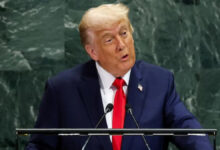
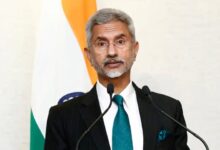
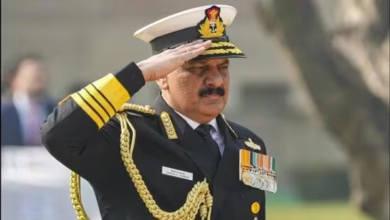

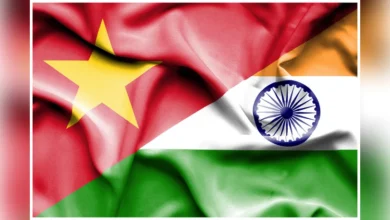
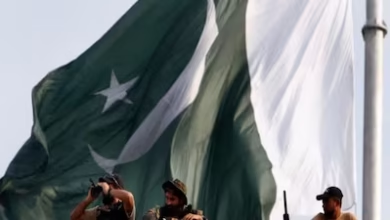
Facebook Comments